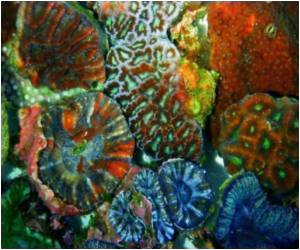Tests conducted by scientists at Lincoln University in New Zealand have indicated that adding biochar to the soil could be used to suppress nitrous oxide derived from livestock.

Scientists conducted an experiment over an 86-day spring/summer period to determine the effect of incorporating biochar into the soil on nitrous oxide emissions from the urine patches produced by cattle. Biochar was added to the soil during pasture renovation and gas samples were taken on 33 different occasions.
Addition of biochar to the soil allowed for a 70pc reduction in nitrous oxide fluxes over the course of the study. Nitrogen contribution from livestock urine to the emitted nitrous oxide decreased as well. The incorporation of biochar into the soil had no detrimental effects on dry matter yield or total nitrogen content in the pasture.
Arezoo Taghizadeh-Toosi who conducted the study, said that under the highest rate of biochar, ammonia formation and its subsequent adsorption onto or into the biochar, reduced the inorganic-nitrogen pool available for nitrifiers and thus nitrate concentrations were reduced. Such effects would have diminished the substrate available for microbial nitrous oxide production."
The study has been published in the March/April 2011 issue of the Journal of Environmental Quality.
Source-ANI










